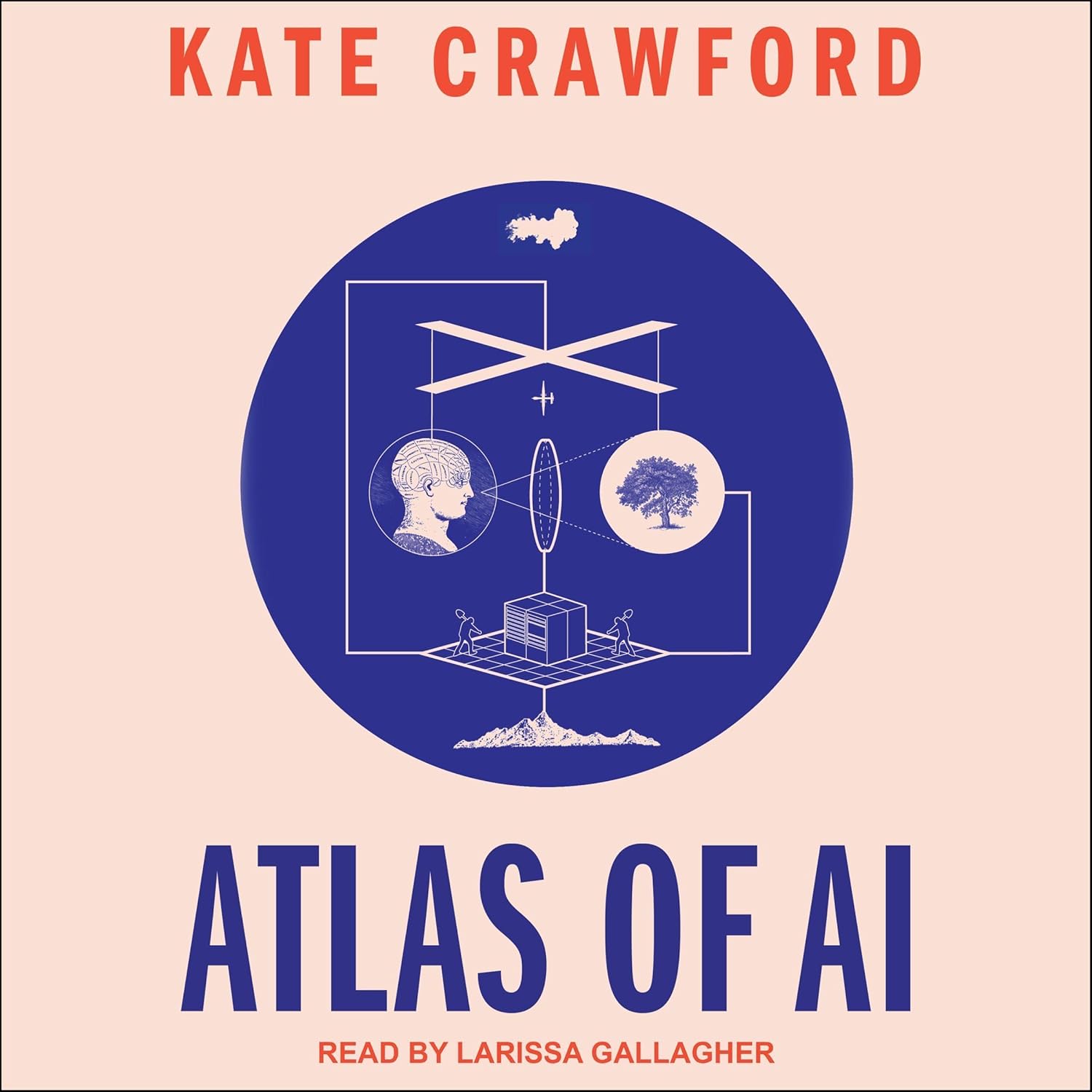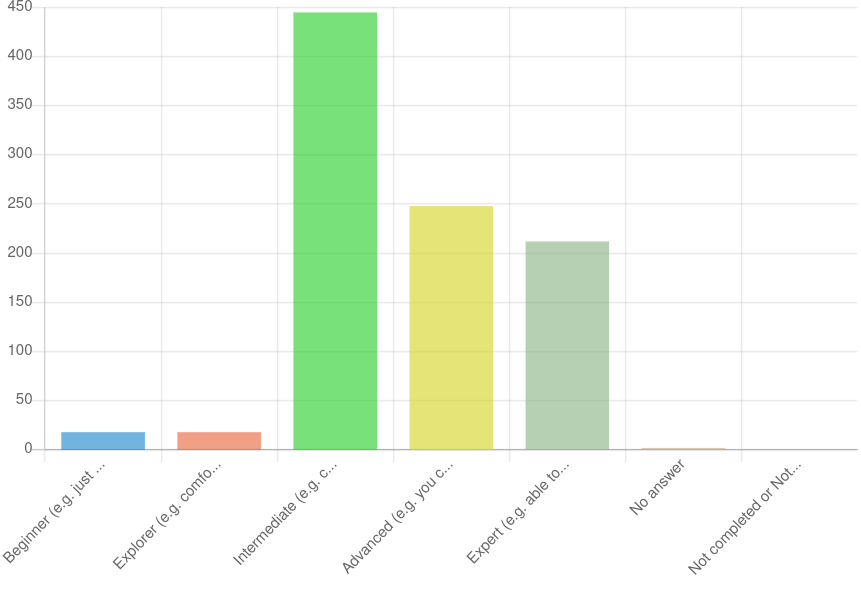Author: Thom Holwerda
Source
Sponsored:
Atlas of AI: Power, Politics, and the Planetary Costs of Artificial Intelligence - Audiobook

Uncover the true cost of artificial intelligence.
Listen now, and see the system behind the screens before the future listens to you. = > Atlas of AI $0.00 with trial. Read by Larissa Gallagher
How does Linux move from an awake machine to a hibernating one? How does it then manage to restore all state? These questions led me to read way too much C in trying to figure out how this particular hardware/software boundary is navigated. ↫ Jacob Adams So this is a lot deeper of a dive than I expected, and it blows my mind just how complex sleep, hibernating, and waking a computer really is. Instinctively you know this, but seeing it spelled out like this really drives that point home – and this only covers going into hibernation. It also highlights how hard it must be for the developers involved to keep this working at all, especially on the wide variety of machines and hardware combinations Linux runs on. It wasn’t too log ago that pretty much the only platform where sleeping and waking worked reliably was Mac OS X with its controlled, small hardware selection, so it’s kind of remarkable this works at all on Linux now. I haven’t had to worry about sleeping and waking with Linux for quite a while now, and it’s one of those things that “just works” so I never have to think about it. This definitely wasn’t always the case, though, and on both Linux and Windows I would just turn the whole feature off since it rarely worked reliably, especially on desktops. I’m sure it still breaks for people, but for me, it’s been rock solid, and reading through the linked article, I’m even more amazed about this than I already was.



